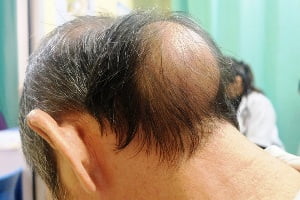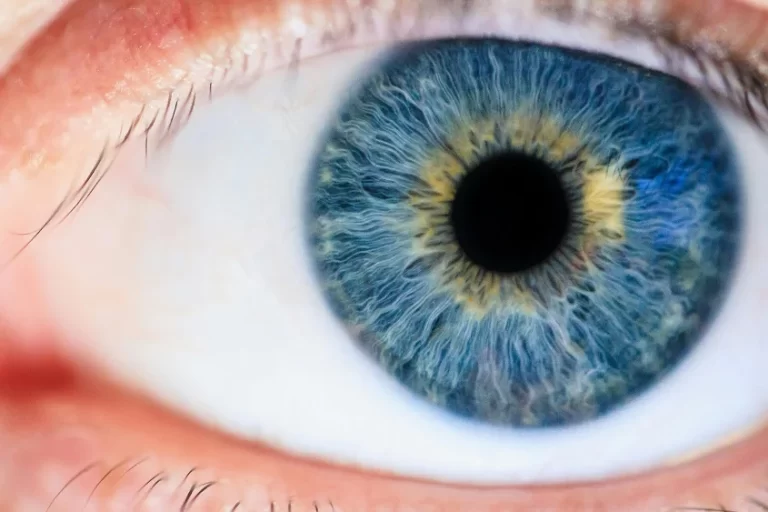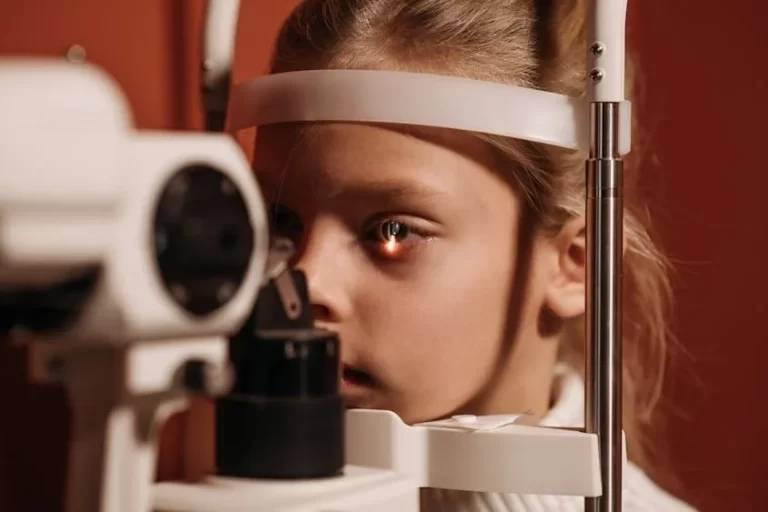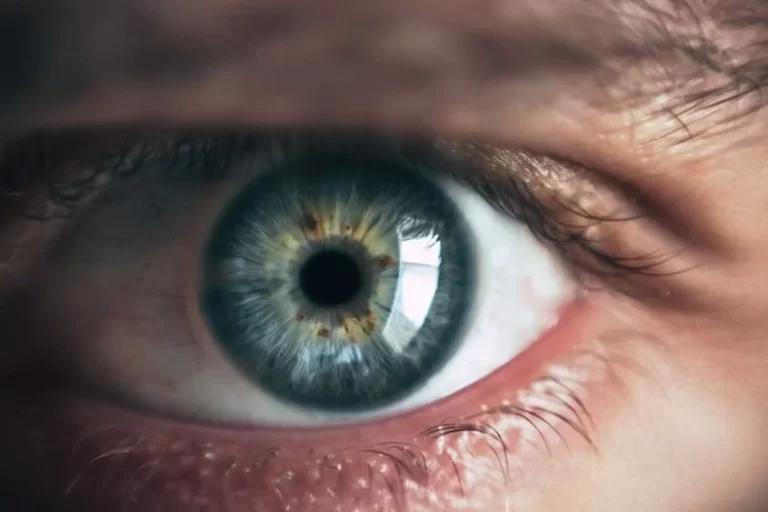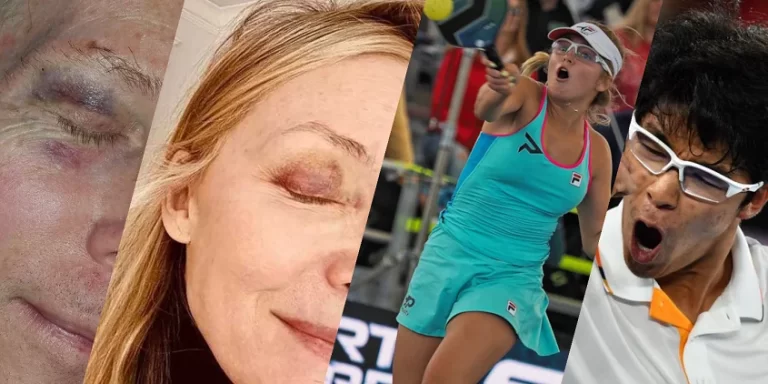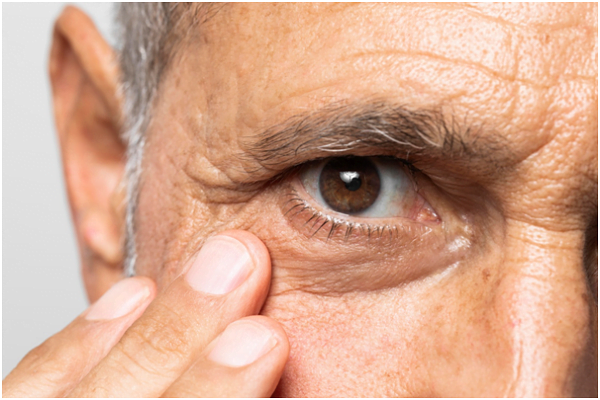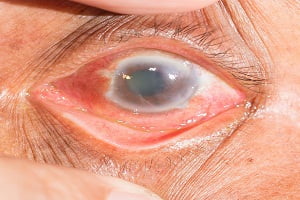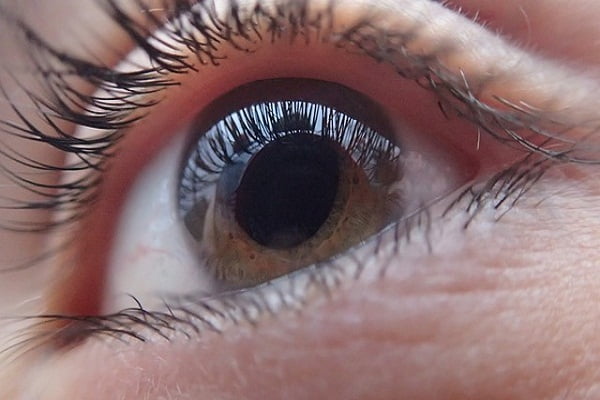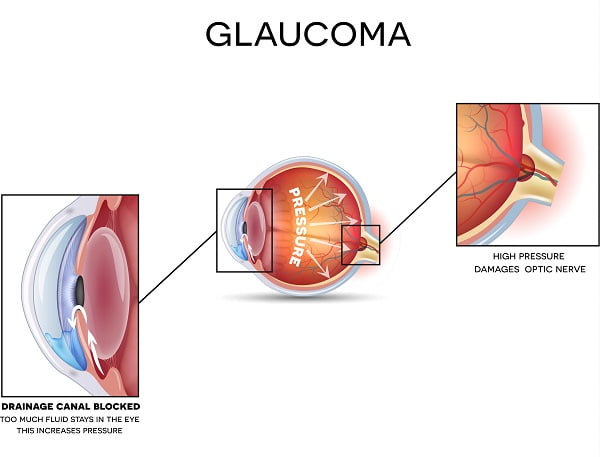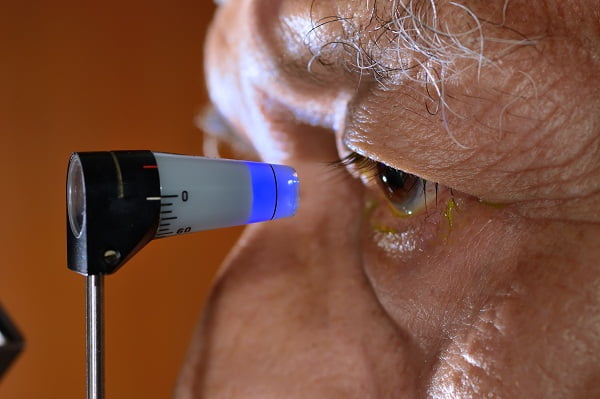Browsing: Eye Health

The page provides quick access to a list of common eye diseases, syndromes, health conditions, and other topics of health importance. The list is organized alphabetically. Links are provided to respective diseases sections that serve as a comprehensive and ultimate guide about the disease or health condition.
Eyes are the most complex and essential sensory organ of our body. Several parts of the eye work together to produce a clear vision. Most people suffer from various types of eye disorders such as age-related macular degeneration, cataract, diabetic eye disease, glaucoma, low vision and dry eye.
Visual impairment is a national and global health concern which creates a negative impact on the physical and mental health of an individual. These visually impaired people are at a high risk for chronic health conditions, accidents, social withdrawal, depression, and mortality.
Most people may experience an eye problem at some point in their life. Some of them may be minor conditions, which can be cured easily whereas others may require a specialist’s care. Eye disorders mostly occur in elderly people due to weakness of eye muscles or due to another medical condition such as diabetes, infections and brain or neuronal disorders.
It is ideal to undergo regular eye checkups, as many eye diseases do not show obvious symptoms. Early detection and treatment of eye problems could easily prevent vision loss.
Certain eye diseases which are quite prevalent worldwide include cataract, glaucoma, nearsightedness, farsightedness, astigmatism, diabetic retinopathy, dry eye syndrome, color blindness and conjunctivitis.
6 Essential Tips for Maintaining Healthy Eyesight in a Digital World
Our daily routines often include long hours spent on screens, as computers, phones, and tablets are a significant part of…
As you age, you’re more than aware that you need to take care of your eye health, because this is…
As we age, maintaining healthy vision becomes extremely important. Our eyes not only help us navigate the world but also…
Modern medicine has made eye surgery more accessible and effective than ever, providing more people with access to surgical solutions…
Pickleball & Eye Safety: Essential Gear and Tips for Injury-Free Fun
Make sure you have the appropriate equipment before you step onto the pickleball court. Shoes designed for the court are…
Our eye is one of the most sensitive parts of our body. You need to take extreme care and do…
Glaucoma is an eye disease that damages your eye’s optic nerve. It mostly happens when fluid builds up in the front part of your eye. That extra fluid increases the pressure in your eye (intra-ocular pressure), damaging the optic nerve. This can cause permanent blindness within a few years, if not treated.
Fast Facts About Glaucoma
Glaucoma is the leading cause of blindness and low vision in the U.S and is caused by an increase in the fluid pressure of the eyes. There is currently no cure for glaucoma and the vision loss is irreversible. It is the second leading cause of blindness after cataract.
Glaucoma is a condition that causes damage to your eye’s optic nerve. It generally occurs due to a buildup of pressure inside the eyes. The increased pressure can cause damage to your optic nerve, which is responsible for transmitting images to your brain. It can be inherited in children.
Your doctor will use a variety of tools to diagnose whether or not you have glaucoma. One of the tools is a tonometer. Tonometer is used to measure the pressure in your eye. Your doctor places a numbing eye drop in your eye before doing the examination.

